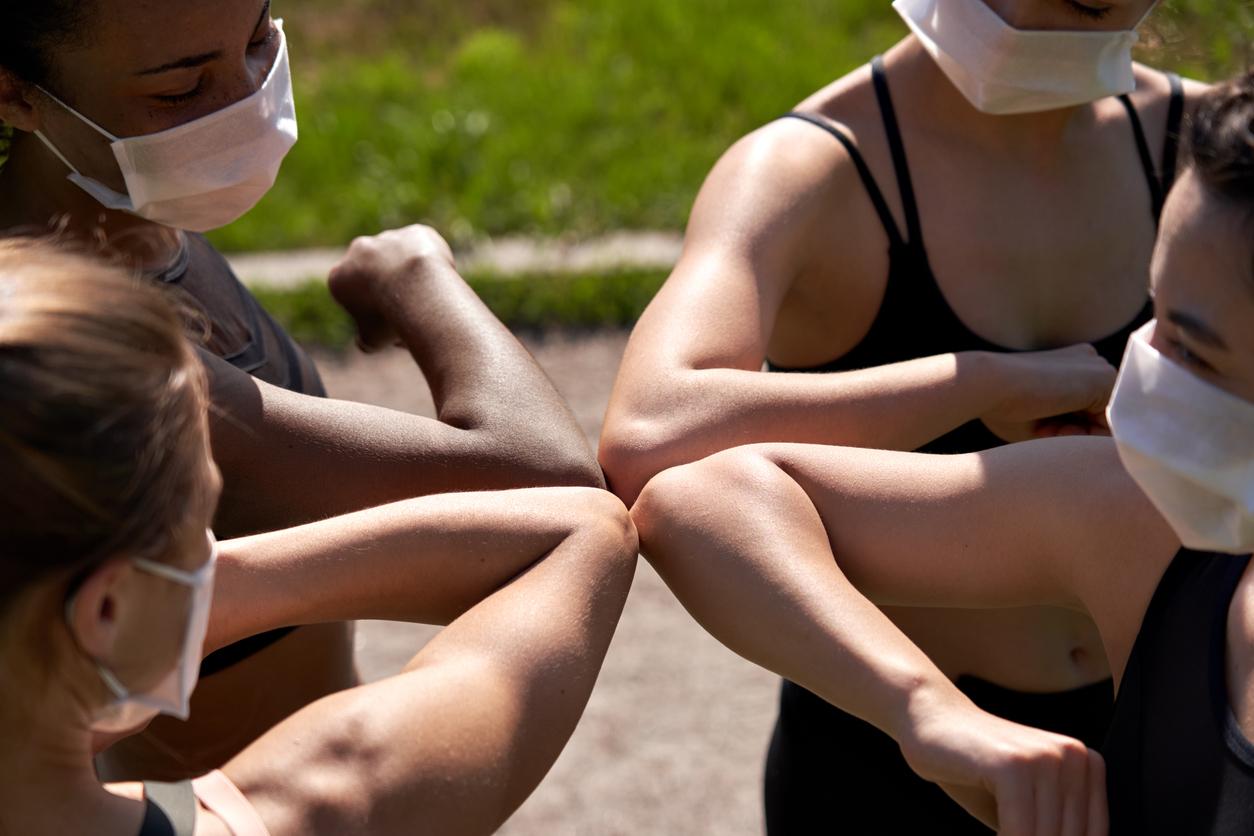Talking about the first sexual intercourse with your children, it works. Young people who have been able to talk to their parents make more use of condoms and contraception.

Embarrassed looks, red cheeks. One word is often at the origin of these embarrassed reactions: sex. Yet it is the essential discussion between parents and adolescents. While discomfort seems inevitable, talking about first intercourse is indeed beneficial, concludes a meta-analysis published in JAMA Pediatrics.
Girls, good students
52 articles, including a total of 25,000 adolescents, were reviewed. Good communication between parents and adolescents is essential to boost the use of condoms and the use of contraception, conclude the authors. Young people who have been able to speak with their father or mother are more likely to use it. The association is particularly marked among girls.
“This result is consistent with previous work which shows that parents communicate more with daughters, and insist more on the negative consequences of sexual activity than with their sons”, explain the authors. To improve interaction with boys, they recommend changing the content and tone of the conversation.
Talking more is all the more important as in France, young people tend to abandon the condom. One in three students has unprotected relationships, according to a Harris Interactive survey conducted for the Smerep student health insurance fund. A bad number that is cause for concern.
Forgotten sexual minorities
In an editorial associated with the study, Vincent Guilamo-Ramos, from New York University (United States), therefore welcomes this work which goes beyond the traditional role of parents, which would be to delay the age of first intercourse. . “Sexually active young people also benefit from discussions about sexual and reproductive health. Young people want to hear their parents talk about it and they say that their parents’ words count, ”he emphasizes.
This member of the Center for the Health of Latino Adolescents, however, deplores that sexual minorities (homosexuals, bisexuals, transsexuals) remain absent from the majority of studies. Yet these are the populations most at risk of sexually transmitted infections (STIs), including HIV. And the communication, no real surprise, is not the same as for a heterosexual teenager.
.















